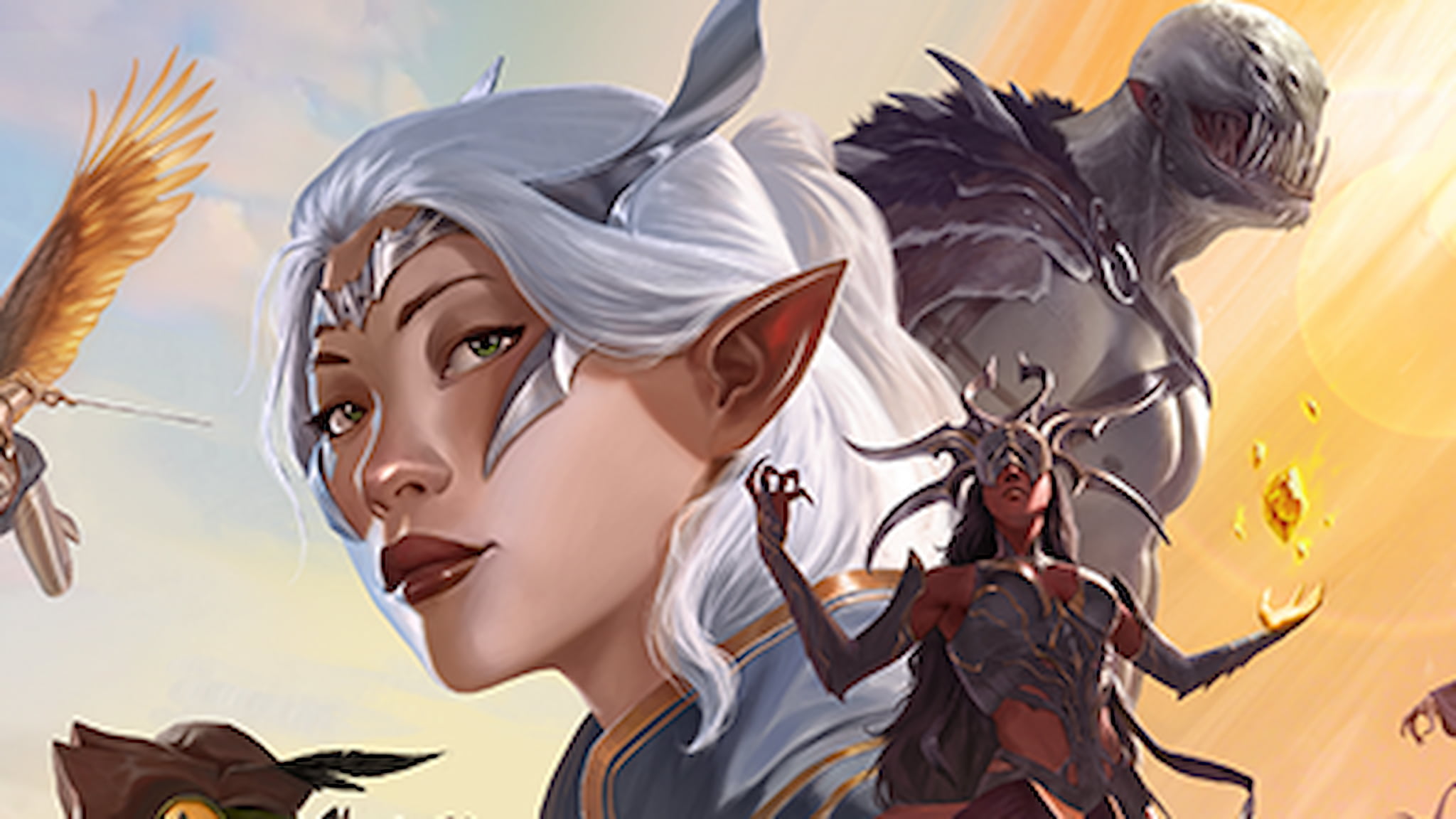
Daggerheart boasts a diverse collection of 18 character ancestries, each with unique characteristics and skills. Some are exclusive to Critical Role and Darrington Press’ upcoming tabletop role-playing game, while others draw inspiration from traditional races in games like Dungeons & Dragons and other fantasy genres. The wide variety makes it challenging for me to decide which character I will play first. Initially, certain ancestries grabbed my attention, but after reading the core rules, others also seemed appealing. No matter which ancestry you or I choose, Daggerheart guarantees an engaging and thrilling narrative experience.
Among Daggerheart’s lore, unique traits associated with different ancestors, and my personal preferences for certain species, here are the ten ancestries that I am eagerly looking forward to exploring.
Clank
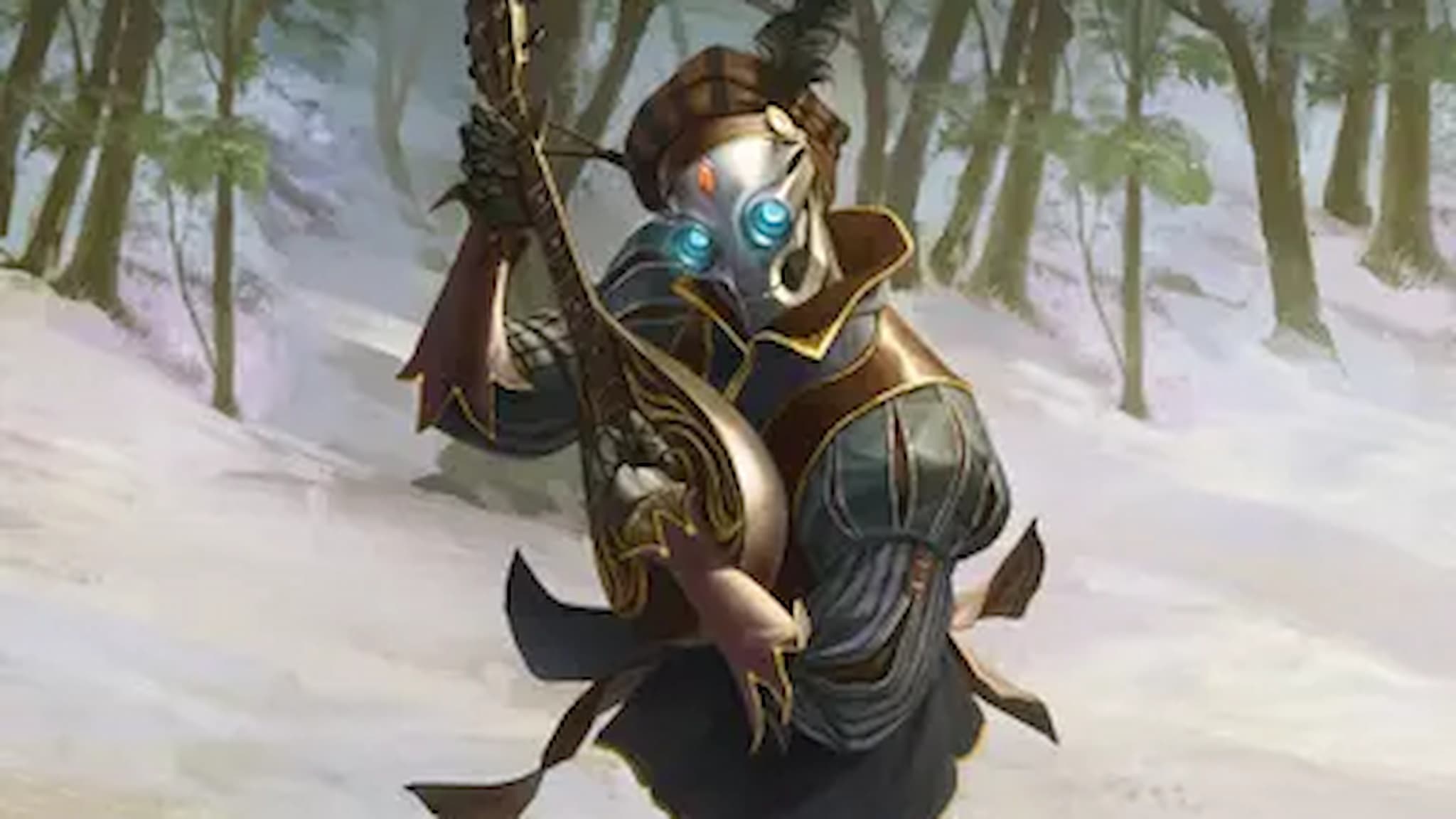
In their own unique way, Clanks embody Daggerheart’s interpretation of Warforged from Dungeon & Dragons, as they share the trait of being sentient constructs. Unlike Warforged who are mostly made of metal, Clanks can be crafted from a variety of materials such as metal, wood, clay, stone, and even natural elements, often taking forms that resemble humanoids or animals.
Clanks, available in various forms, offer players a wide range of options for character creation, always requiring collaboration with the game moderator. Essentially indestructible physically, Clanks remain so as long as they can source replacement parts and keep up with repairs. However, the enchantment that powers them gradually fades, leading to mental deterioration over time.
Clanks possess two distinctive Traits. The first is Purposeful Construction, granting players the option to select an extra Skill Boost and enhance its effect by one level. The second talent, Efficiency, enables players to replace a long rest action with a short rest action during a short rest. These traits reflect Clanks’ unique designs, enabling them to function as customizable “taskbots.
Drakona
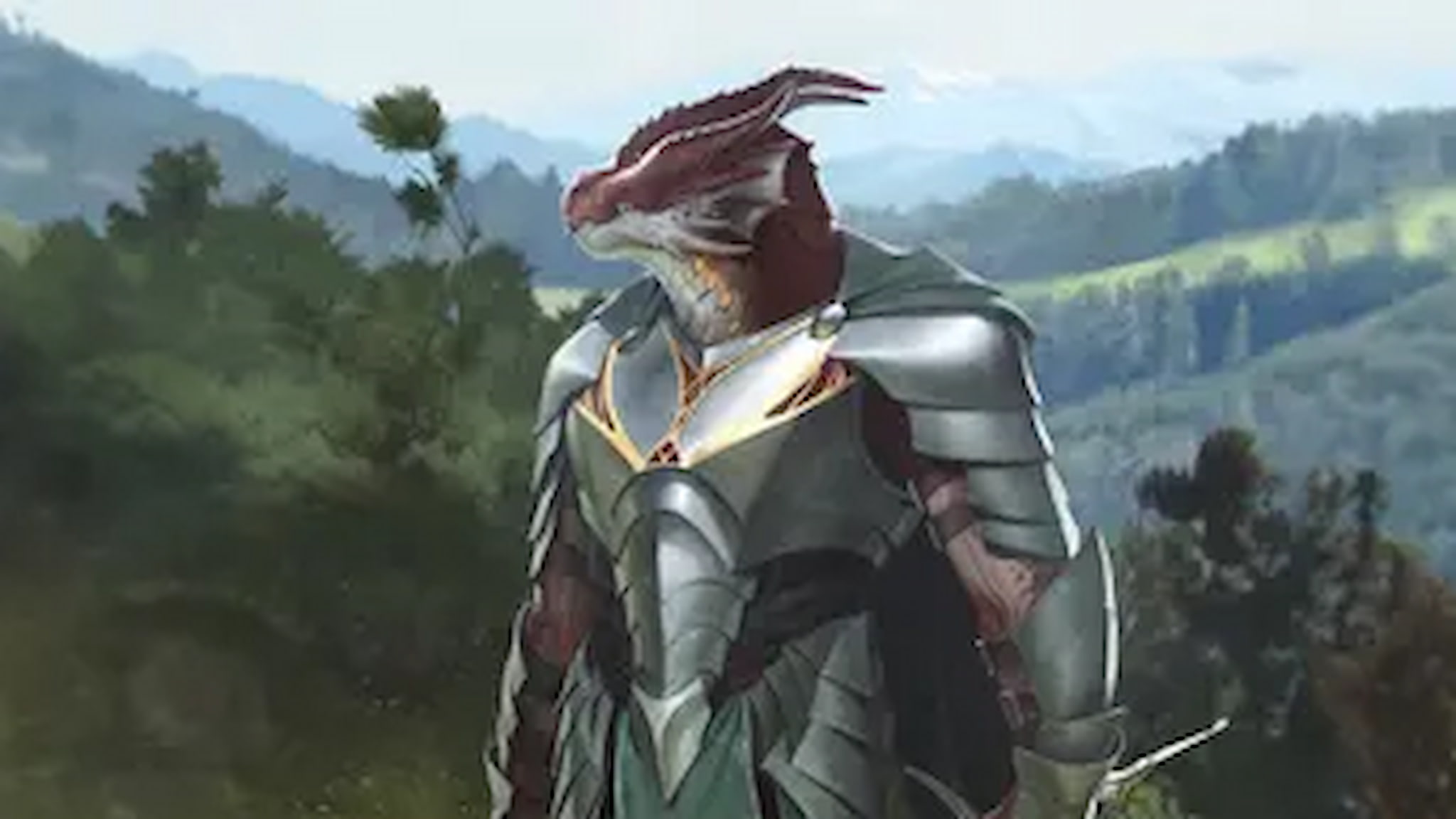
Dungeons & Dragons enthusiasts will be familiar with the Drakona as Daggerheart’s take on the Dragonborn. I find this version appealing because Daggerheart offers more creative flexibility in shaping this ancestry to resemble a humanoid dragon. The inclusion of tails is a welcome touch, and the core rules of Daggerheart provide numerous options for descriptions. Drakona typically live up to 350 years, which is considerably longer than Dragonborn. Similar to Dragonborn, they possess the ability to wield an elemental breath weapon, with the choice of element depending on the type of Drakona selected by players.
Alongside possessing a powerful breath weapon, Drakonas are naturally adorned with tough scales. Their Scales trait boosts all damage resistance levels by 1, making them more challenging to injure. Tank-loving players will find this ancestry appealing, but the Drakona can also enhance the durability of squishier character classes. Much like other Daggerheart ancestries, the Drakona is versatile and suitable for various roles.
Elf
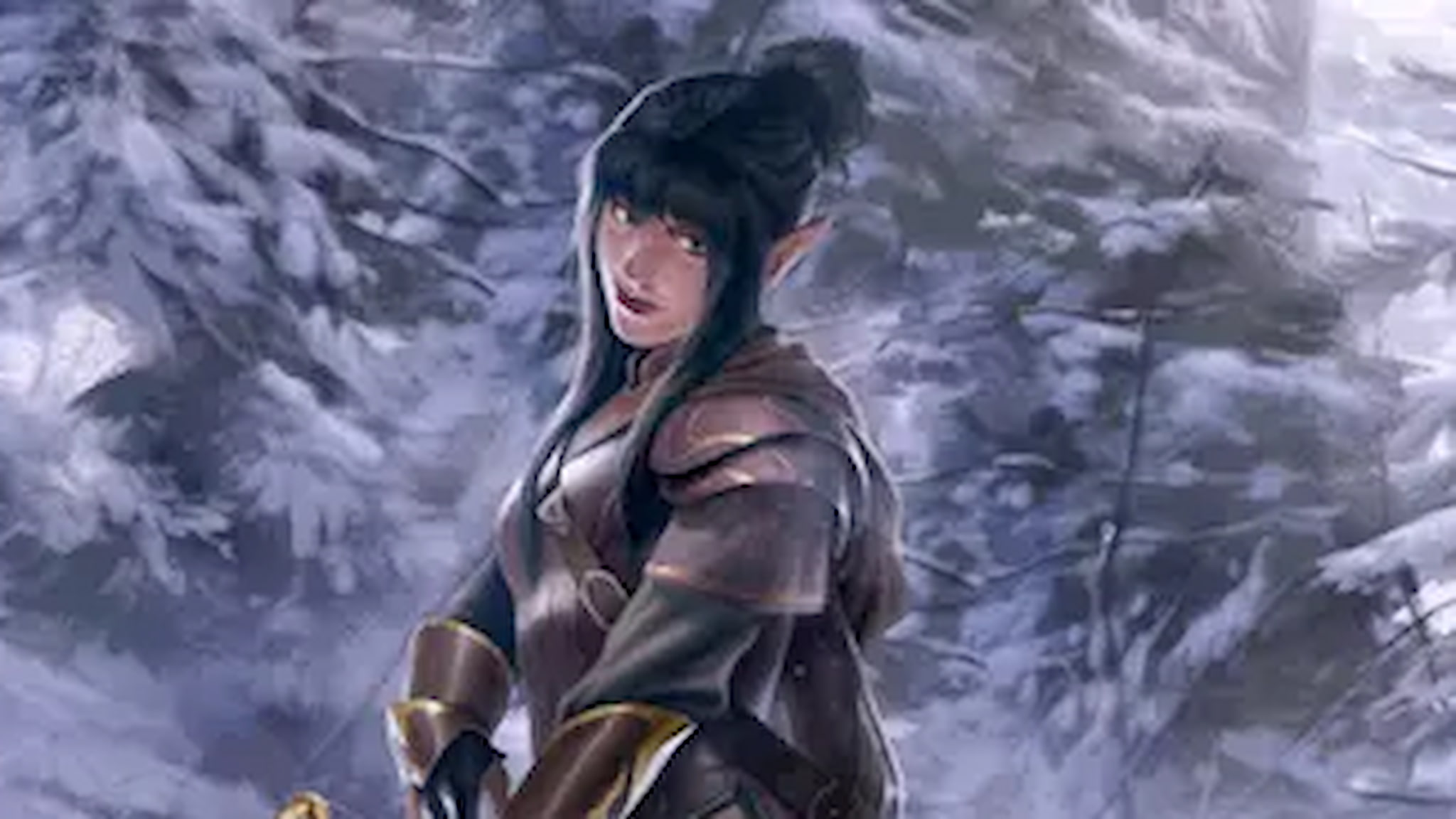
In the world of Daggerheart, elves share many characteristics with their counterparts from Dungeons & Dragons. As an elf enthusiast, I’m thrilled to see them among Critical Role’s tabletop role-playing game lineup. Although the elves in Daggerheart may not bring anything entirely new to the race, it’s essential to include this ancestry given that elves are a fundamental part of fantasy lore.
In the realm of Daggerheart, much like other races, Elves possess two unique traits. The first is Swift Reflexes, which empowers Elves to tag stress for a favorable roll when making a reaction. The second trait, Star-Bound Meditation, bestows an additional downtime action upon Elves. These abilities serve as distinctive characteristics of the Elven race, reflecting their rich heritage and heightened perception. Both Swift Reflexes and Star-Bound Meditation can prove invaluable during your adventures within Daggerheart.
Faerie
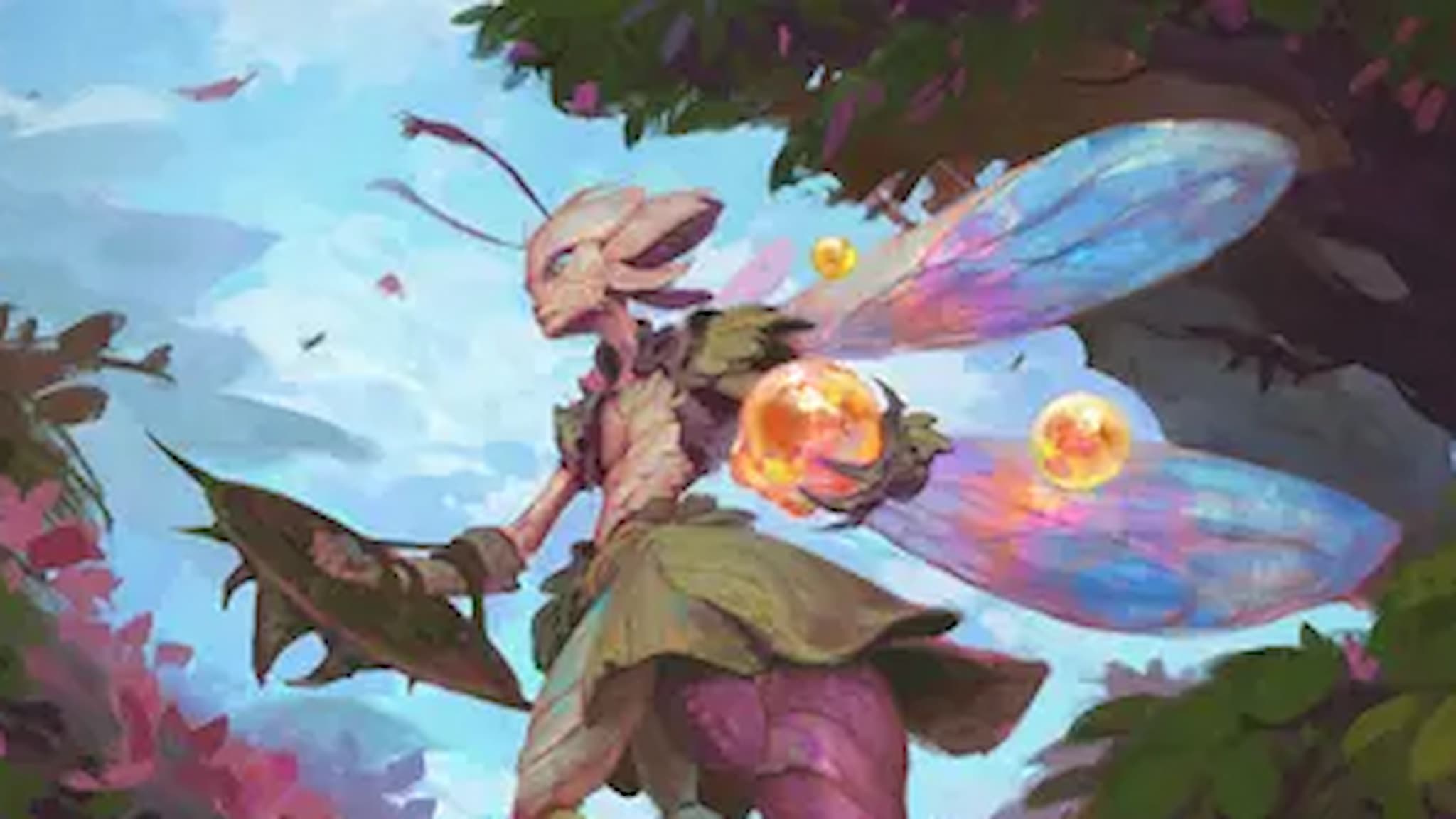
In the fantasy world of Daggerheart, the fae lineage presents a refreshing twist on traditional lore by incorporating insectoid wings and pushing boundaries further. The faeries in this story can assume an array of shapes based on their lineage, ranging from towering two feet to imposing seven feet tall. These forms may exhibit additional insect-like traits or more closely mirror humanoids. However, despite these variations, all faeries share the ability to fly thanks to their Wings feature.
Furthermore, Faeries have the ability to boost their evasion by 2 when under stress during an attack. Their second inherent trait is Luckbender. This feature enables Faeries to use Hope points to re-roll Duality Dice for themselves or another character. Although this skill is extremely potent, it can only be employed once in each gaming session. The Faerie ancestry offers players versatile ways to enhance their resilience, making it an excellent fit for any character class.
Faun
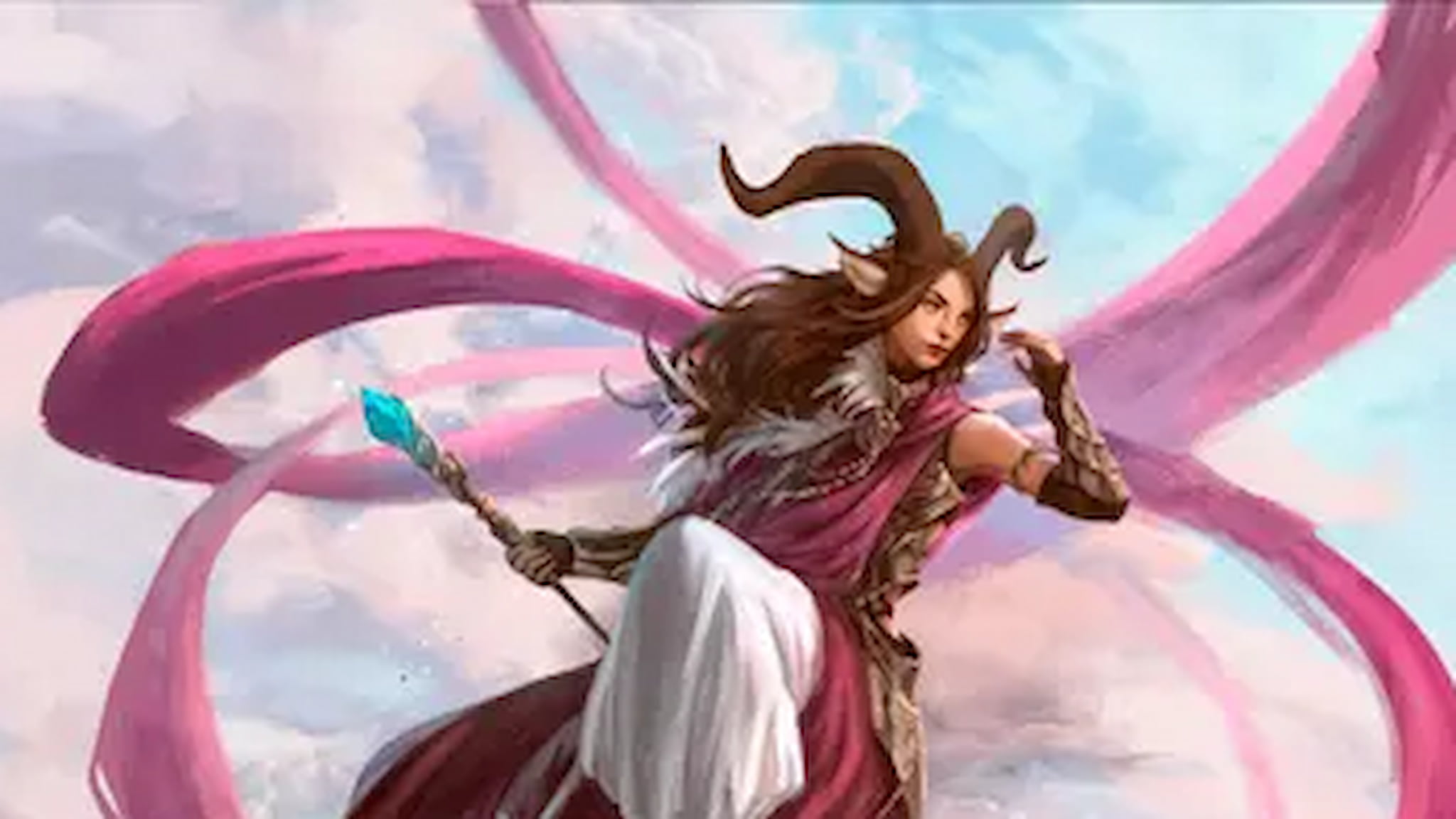
In the world of Daggerheart, instead of Satyrs, you’ll find Fauns. Like Satyrs, Fauns are humanoid with animal features, but they can transform into different shapes, as shown by Marisha Ray’s character Bunny in Critical Role. Unlike a typical goat-like appearance, Bunny resembles a bunny more than a goat. The upper half of a Faun remains humanoid, while the lower half is covered in dense fur and features animal limbs. The choice of Faun species depends on the player and game master, allowing for creative interpretation.
Fauns possess distinctive traits that enhance their agility significantly, especially during combat. One such trait is called “Leap,” which grants players the ability to perform impressive jumps without requiring an agility check. This can be useful for crossing wide gaps or chasms. The second skill they possess is “Kick.” With this skill, Fauns can apply a stress marker and use it to kick their opponent after a melee attack. This can serve to either push the enemy away or move the player character out of close combat range.
Fungril
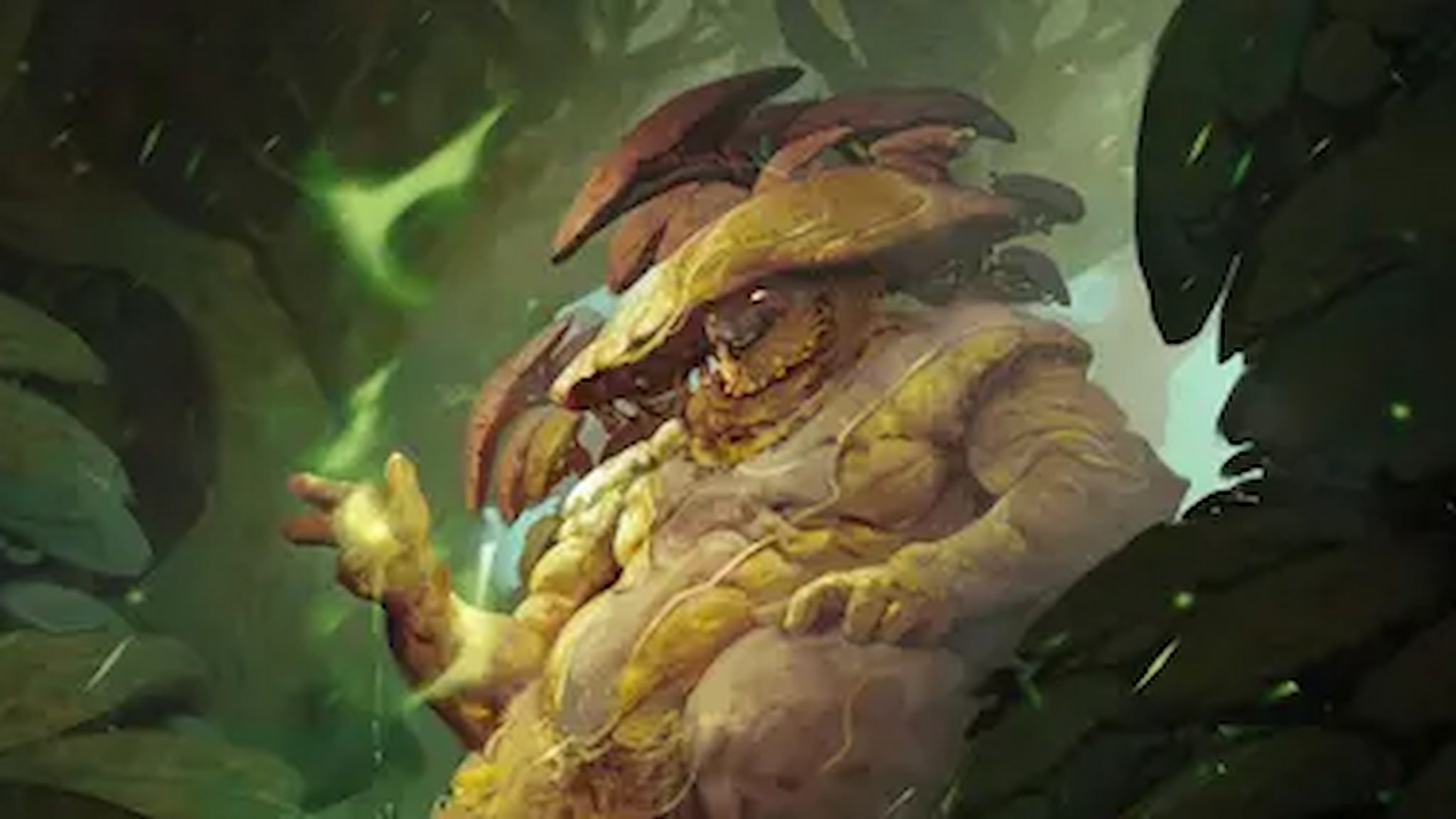
Among the races I’m eagerly anticipating for Daggerheart, Fungril stands out as one I’m particularly excited about. My fondness for Myconids from Dungeons & Dragons has grown even stronger after encountering them in Baldur’s Gate 3. Though they share some similarities with Myconids, Fungril are distinct. Incorporating this race into Daggerheart would not only provide a familiar species but also give Critical Role the opportunity to showcase its creativity since not many games or tabletop role-playing games offer the chance to embody a sentient mushroom character.
As a gamer, I can’t wait to dive into the world of Fungrils! These intriguing creatures come in all sorts of sizes and designs, from diminutive Faeries standing at just two feet tall to towering beings seven feet high. The best part is that I get to work closely with the game master to customize my very own Fungril character, which opens up endless possibilities.
What sets Fungrils apart are their unique abilities, particularly their exceptional communication skills. With Fungril Network, my character can make an Instinct Roll to communicate with another Fungril, no matter the distance. And if that’s not fascinating enough, Death Connection allows them to tap into the memories of a recently deceased being, pulling out one emotional or sensory memory that lingers on the corpse.
I can hardly contain my excitement about exploring these abilities and seeing what other secrets Fungrils may hold!
Giant
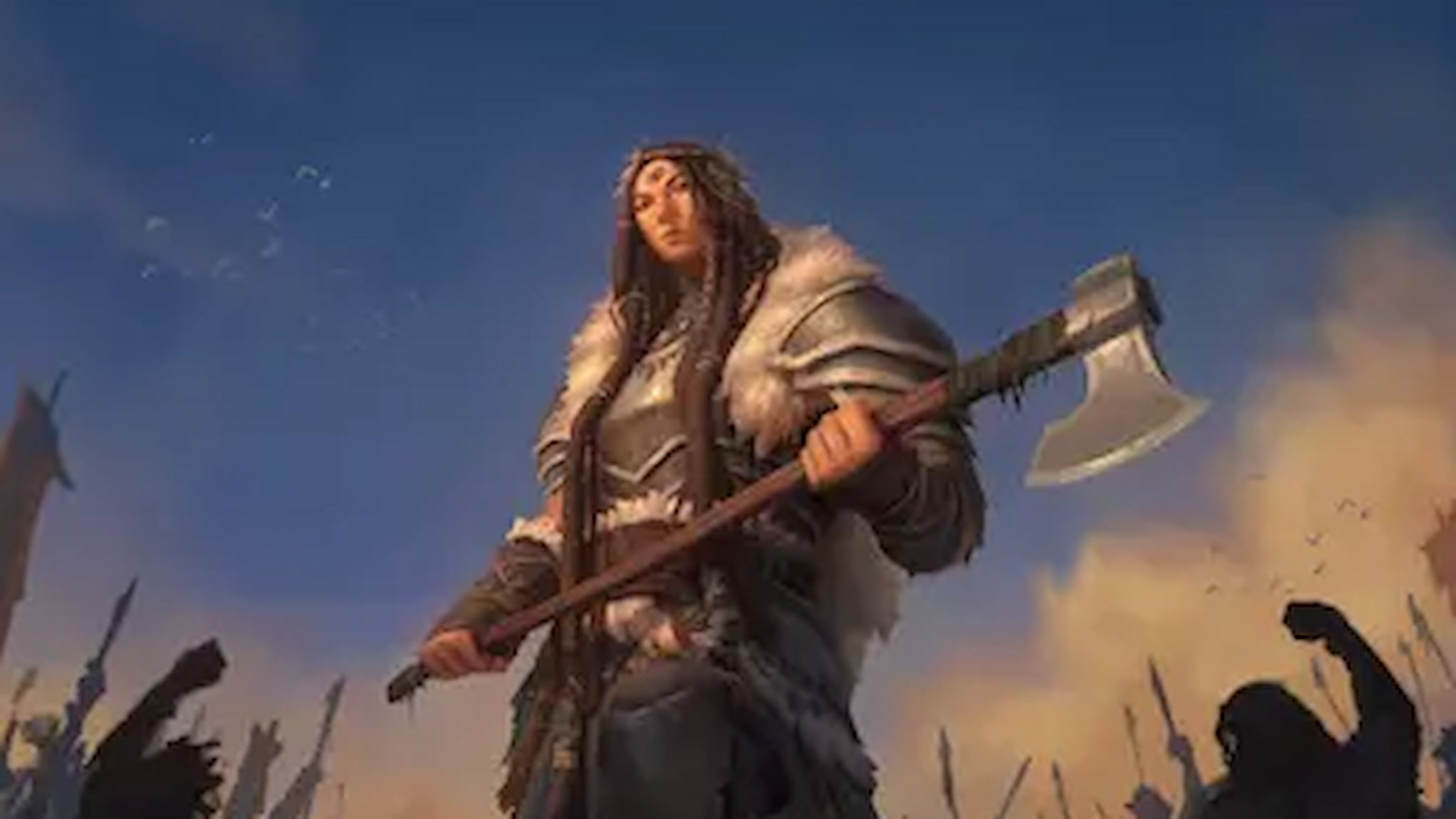
One aspect of Dungeons & Dragons that has long puzzled me is the playable Giant races, particularly the inconsistency with their sizes. In an effort to maintain a medium size for playable races, versions like D&D 5e have adjusted the sizes of Goliaths and Firbolgs accordingly. However, Daggerheart deviates from this norm by accurately scaling Giants and providing flexibility for longer limbs. Furthermore, the unique feature in Daggerheart allows Giants to possess a single eye, which is an exciting option for someone like me who is captivated by Greek mythology and the possibility of playing a Cyclops character.
In the game Daggerheart, giants possess special abilities that are tied to their larger stature. The Reach ability enables any weapon, feature, skill, or spell with melee range to be considered as having a very close range instead, mirroring the Long Reach ability of Bugbears in D&D. This extension of their combat reach makes them more formidable opponents. Additionally, Endurance is the second ability of giants, which awards an extra hit point during character creation, making it an ideal choice for players seeking increased survivability.
Inferis
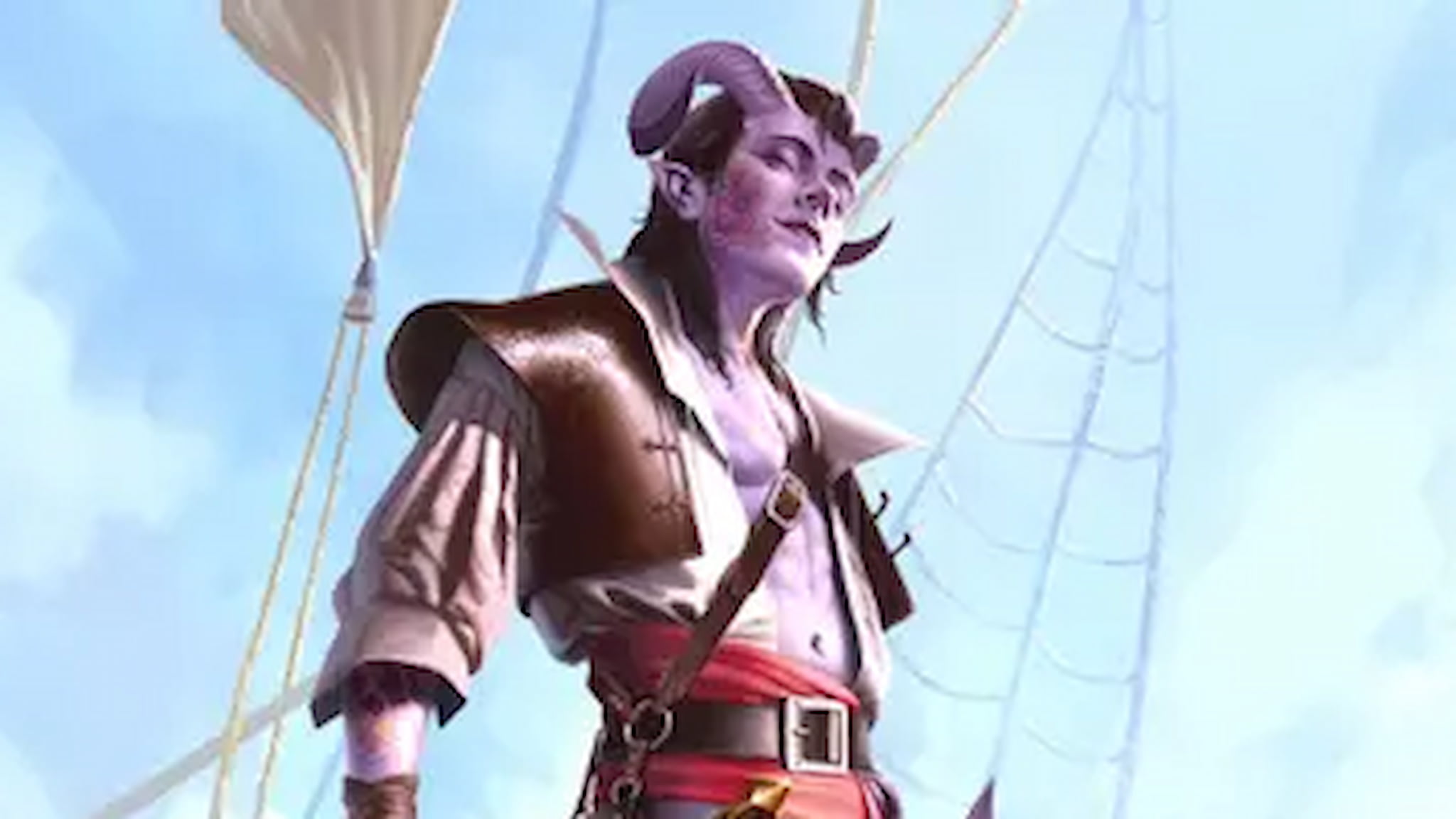
Most people who’ve rolled the dice for Dungeons & Dragons have likely found themselves drawn to or playing a Tiefling character, as this ancestry stands out immediately. However, the Inferis, although similar, has some unique traits. Players can anticipate features such as pointed horns and spikes, sharp fangs, and tails with the Inferis. Unlike Tieflings in Dungeons & Dragons who have an infernal lineage, Inferis are more demonic in essence and leverage their terrifying appearance to their strategic advantage.
As a passionate fan, I’d rephrase it like this: With my Inferis character, I possess unique skills that manipulate fear. The Fearless ability allows me to accumulate two stress marks, transforming a Fear roll into a Hope roll, thereby gaining a precious resource and denying the Game Master an opportunity. Additionally, with the Dread Visage ability, my Inferis ancestry grants an advantage when I attempt to intimidate hostile targets, adding a touch of creativity as we collaborate with the Game Master to portray my demonic appearance and its chilling effect on NPCs.
Ribbit
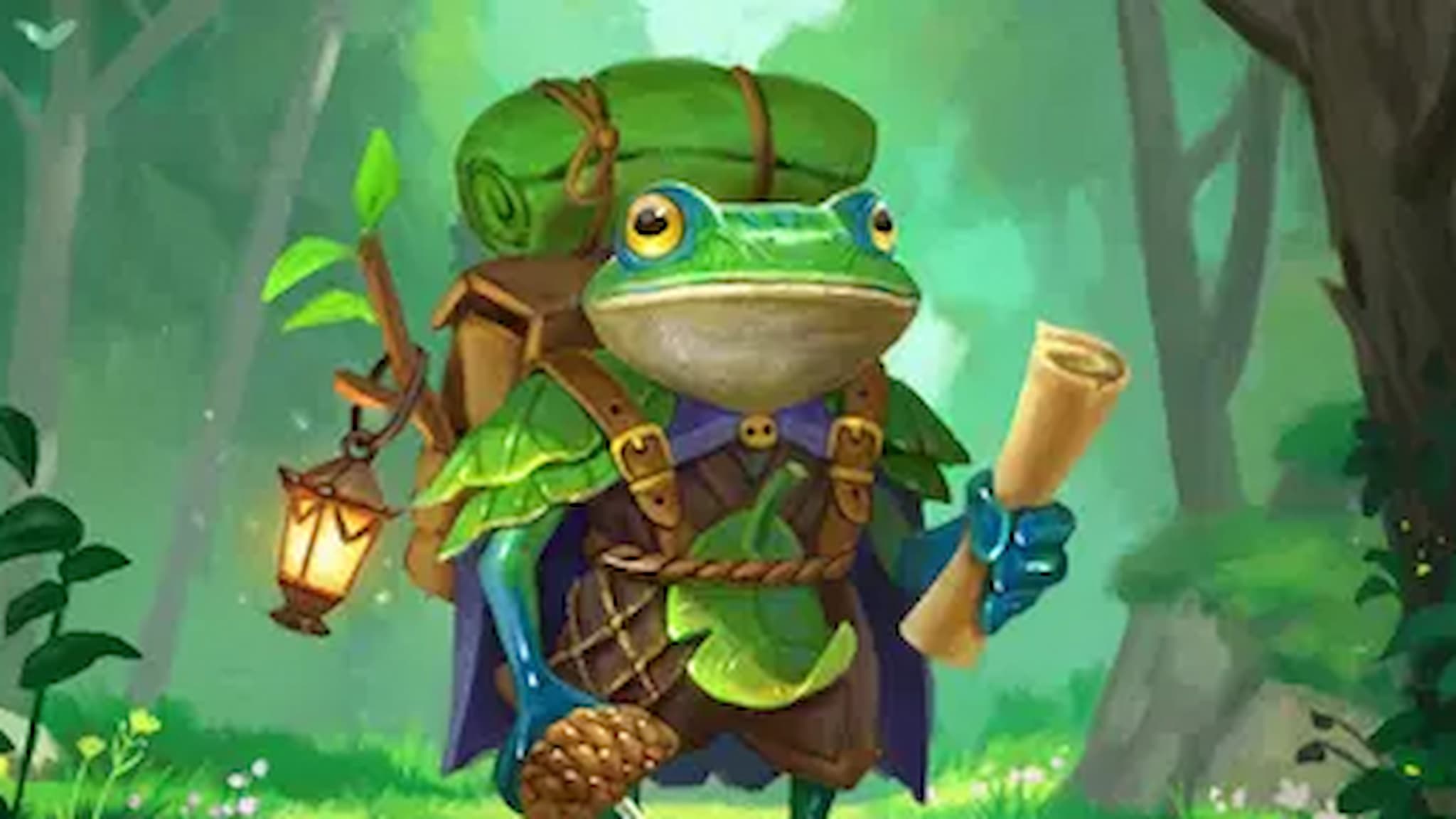
Daggerheart resonated strongly with JRPG enthusiasts, evidently drawing inspiration from the beloved game Chrono Trigger for the creation of its Ribbit lineage. As their name implies, Ribbits are frog-like beings standing between three and four-and-a-half feet high. They possess large, bulbous eyes, webbed limbs, and long tongues. The skin of most Ribbits is moist, but there’s variation in leg length and color across the ancestry, allowing players to customize their character with a distinctive touch.
One distinctive trait of Ribbits is their elongated tongues. This useful appendage can grasp items, tools, and other objects for multiple uses, but it’s particularly noteworthy as a finesse weapon. In keeping with the essence of frogs, another inherent feature of Ribbits is their ability to swim and breathe underwater without difficulty, reflecting their amphibious nature.
Simiah
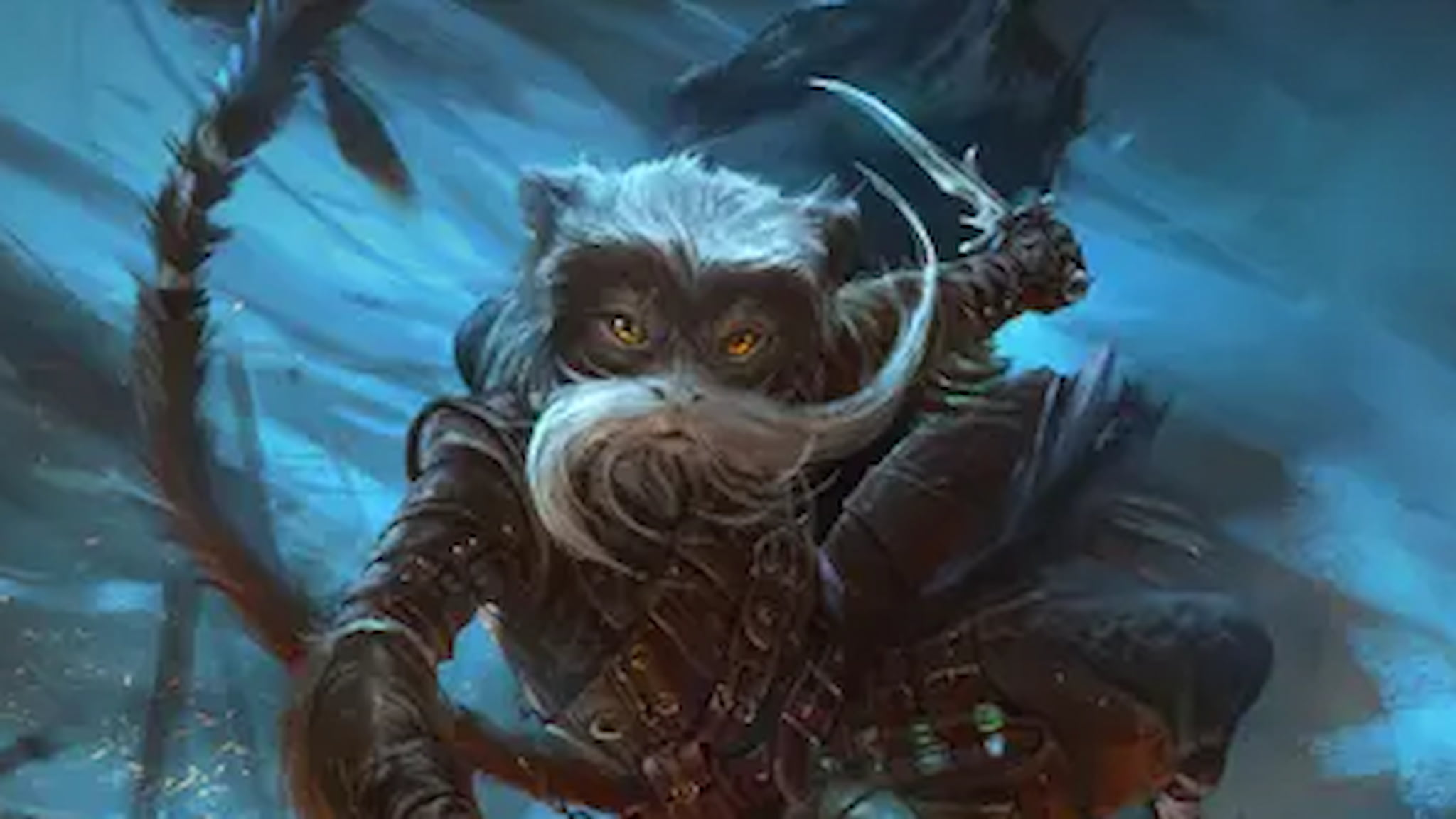
The ancestry I’d like to emphasize is the Simiah, a type that encompasses anthropomorphic monkeys, apes, and gorillas. In the game Daggerheart, you have ample freedom when developing this ancestry. Simiah can range in size from just two feet tall up to six feet tall, resembling various monkey species. A notable feature they all share is prehensile feet, which serve multiple purposes such as combat, communication, movement, and work tasks.
The physical traits of a Simiah are reminiscent of their innate flexibility in nature. At character creation, the Flexible lineage bestows an extra evasion ability, making any character more challenging to hit. Climbing Proficiency provides advantage on agility rolls related to balancing and climbing for Simiah characters. This combination of traits makes Simiah characters nimble, allowing them to seamlessly adapt to both melee combatants and spellcasters.
Daggerheart is up for preorders now and is scheduled to release at some point in Spring 2025.
Read More
- PI PREDICTION. PI cryptocurrency
- WCT PREDICTION. WCT cryptocurrency
- Gold Rate Forecast
- Guide: 18 PS5, PS4 Games You Should Buy in PS Store’s Extended Play Sale
- LPT PREDICTION. LPT cryptocurrency
- Despite Bitcoin’s $64K surprise, some major concerns persist
- Solo Leveling Arise Tawata Kanae Guide
- Shrek Fans Have Mixed Feelings About New Shrek 5 Character Designs (And There’s A Good Reason)
- Jack Dorsey’s Block to use 10% of Bitcoin profit to buy BTC every month
- Elden Ring Nightreign Recluse guide and abilities explained
2025-02-02 04:10